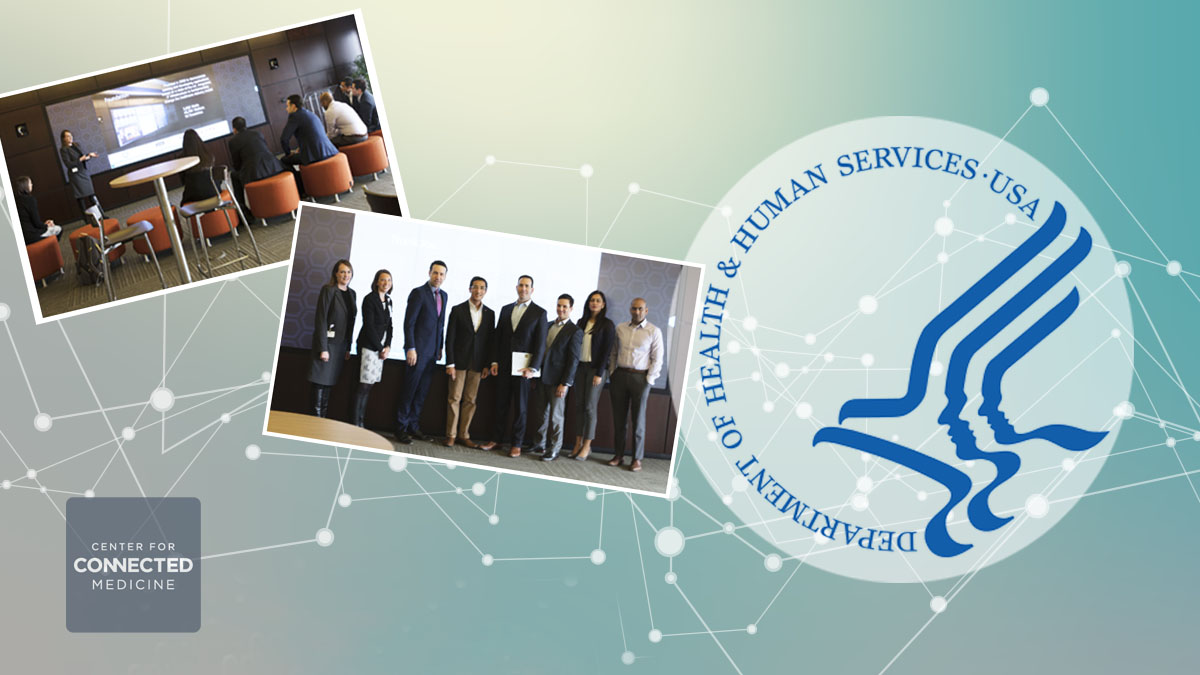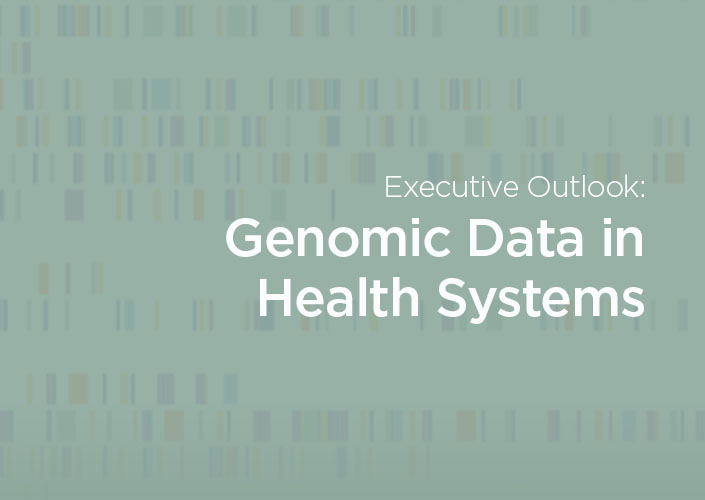Health systems and the government have more in common than a slow pace when it comes to change.
Both institutions have a lot of their data locked away and in silos, where it’s inaccessible to researchers and entrepreneurs trying to improve health care.
The solution: Open data in health care.
The government should open its trove of health data
Bruce Greenstein, Chief Technology Officer (CTO) for the U.S. Department of Health and Human Services (HHS), wants to help fix the problem of inaccessible data by opening up the government’s trove of information and encouraging innovators to dig in.
Greenstein recently discussed that mission on a trip to Pittsburgh where he visited the Center for Connected Medicine (CCM) to learn more about innovations that are taking place to bring health care costs down and produce better patient outcomes.
“We want to put as much data into the market as we can,” Greenstein said. “We know there are researchers who can do amazing things with this data if we can make it available.”
HHS Secretary Alex Azar has set a mandate for the CTO’s office to make the government’s health data open to public and available for innovation, Greenstein said.
As a starting point, HHS is aiming to create a single data governance standard across the department’s multiple agencies – including the Centers for Medicare & Medicaid Services, the National Institutes of Health, Food and Drug Administration, and others, said Mona Siddiqui, MD, Chief Data Officer in the CTO’s office, who joined Greenstein on the visit.
“We don’t have enough transparency in data governance even between agencies within HHS,” Dr. Siddiqui said. “We see ourselves as these individual silos within HHS and we need to break that down.”
Once that job is complete it should be easier to share more complete and useful data sets, she said.
Spreading the message of open data in health care
But while Greenstein and his team are looking to make improvements internally, they also are fanning out across the country to meet with health systems, technology companies, entrepreneurs and others to learn about the innovative work already underway in health care.
Before coming to Pittsburgh and the CCM, Greenstein was in Boston for HHS’s second Health Startup Day, an event meant to energize those outside the Washington, D.C. beltway to engage with government to find solutions to big problems in health care, such as the opioid crisis, and the cost of treating kidney disease – two priorities for HHS.
The department spends more each year on treating kidney disease than the federal government allocates for the entire NASA budget. And while dialysis treatments for people in renal failure have extended lives, the basic treatment for the condition has changed very little over the decades it has been in use. Compared with the rapid advances made by the medical community in cancer care, treating kidney disease “has been left in the stone ages,” said Sandeep Patel, PhD, Open Innovation Manager in the CTO’s office.
HHS will be hosting 13 more Startup Days around the nation over the next two years. The department also will be launching a Kidney Disease XPrize to incentivize entrepreneurs to find advances in treatment. And HHS is looking to convene the best and brightest from diverse fields – including nanotechnology, materials science, and other fields of medicine – to help the department advance solutions for patients, Dr. Patel said.
Finally, Greenstein is encouraging entrepreneurs to explore HealthData.gov – a site dedicated to making high-value health data more accessible – and provide feedback about what’s useful and what’s missing.
“We’re trying to make that process transparent and put up a big front door made of glass,” he said.



